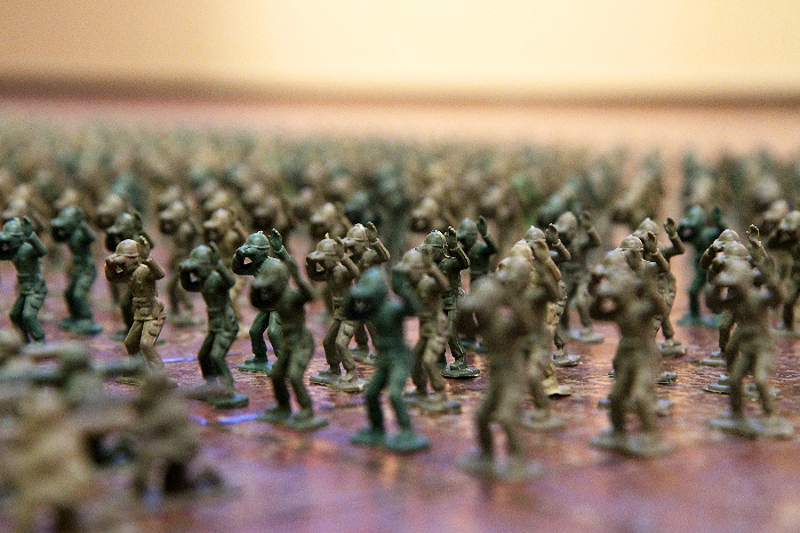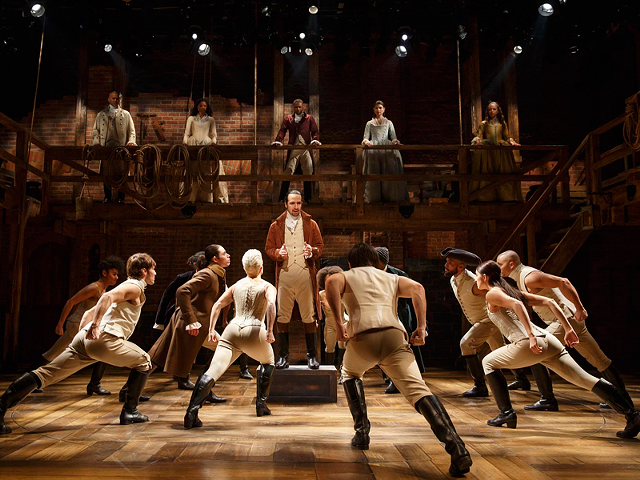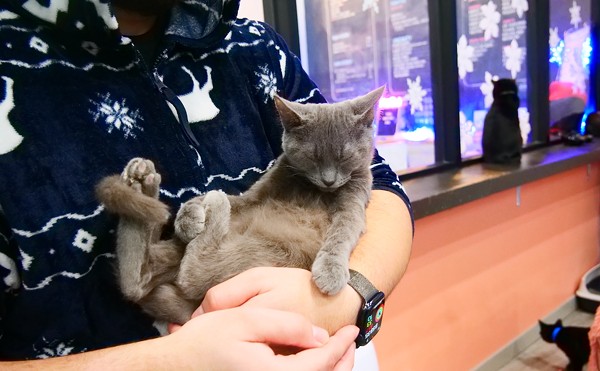
Badge of Honor, the show he has curated at Kennedy Heights Arts Center, feels intimate even though there are weighty issues to consider. Sears and his three artists never lose sight of the individual — even when it’s represented by a figure barely 2 inches tall — as they think about the big picture.
Badge of Honor is about centers of resilience and calm amid conflict. Sears, the executive director of Northside’s PAR-Projects, drew the show’s theme and title from an episode of the television series Murder, She Wrote. This line from an actor portraying a veteran got his attention: “Souls are more fragile than human flesh. Sometimes they just never seem to heal.”
Sears decided to explore “the war that’s not the war.” He recruited photographers Mike James and Raymond Thompson and mixed-media artist Francis Hollenkamp for the mission.
James, of Northside, served six years in the Navy and with NATO as a mass communications specialist and shares photos he took of civilians and troops during quiet moments in Kabul, Afghanistan. Thompson, a visual journalist based in Morgantown, W.V., documents the War on Drugs’ effect on black families in a series titled Justice Undone.
Service members from different nations bond over a single cause, while educators and elders strive to bring both routine and fun to their communities. Yet a notion of vulnerability also runs through the exhibit. You see it when looking into the eyes of some of James’ and Thompson’s young subjects. And you feel it in unexpected ways when standing beside Hollenkamp’s tidy rows of approximately 8,000 toy soldiers.
Hollenkamp, a Cincinnati artist, has arranged a blockade across the floor of two galleries. Lined up in three columns, plastic fighters appear to march unfazed through walls and radiators — literally into the heat of battle? — in 25-man formations. In one room, the soldiers zigzag around two armchairs in front of a hearth, prepared to keep the home fires burning while reinforcements stand guard on shelves.
Hollenkamp has titled this installation “Security.” But while security suggests calmness and a routine, people sometimes sacrifice privacy, freedom of movement and even lives to achieve it. Thanks to Hollenkamp’s use of scale, the observer here is simultaneously the protected and the protector — or the conquered and the conqueror. To sit before the fireplace, we risk knocking over the very figures that are there to guard us. Once inside the zone, there still is the uncomfortable feeling of being watched, and the looming challenge of exiting the space without disturbing the sentries. We are as safe, and as isolated, as the young boy seated at a picnic table in Thompson’s photo hanging over the mantle.
In another installation, titled “Aim 1,” Hollenkamp has arranged the figures in a bull’s-eye pattern. All the fighters look outward, unaware of what could be taking place in the background or above. During an interview, Hollenkamp refers to Friedrich Nietzsche’s quote to beware that when fighting monsters, you do not become a monster yourself, nor gaze long into the abyss.
But Sears and the artists have pulled together a thoughtful exhibit to spark communication. “Jonathan and I wanted to depict the lives of normal people and the human condition,” James says. His photographic subjects include a boy selling candies in the Green Zone, with one fist clenched by his side, and the dozens of men eager to test into the national security forces despite their limited education.
The lines start to blur as far as who is fighting which war where. Sears has hung James’ portraits of teachers at a girls’ school in Kabul beside Thompson’s picture of men giving a boxing lesson to a young black boy at what appears to be a memorial service. Rows of desks in Afghanistan mimic Hollenkamp’s rows of toy soldiers.
Wall labels provide little context, but in the end you don’t really need it — “just the emotion,” Sears says. Know that vulnerable souls rise to challenges around the world.
BADGE OF HONOR is on display through March 5 at Kennedy Heights Arts Center, with an artist talk 5-6:30 p.m. and reception until 9 p.m. Feb. 25. More info: kennedyarts.org.





